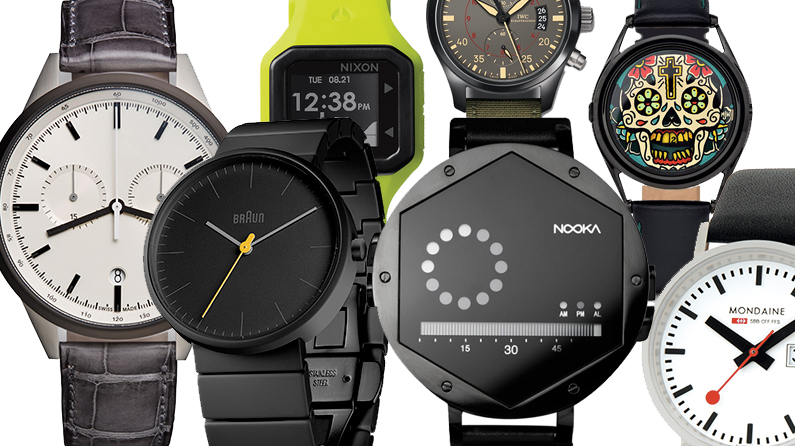Watches are more than just timekeeping devices they are intricate pieces of art that reflect craftsmanship, innovation and style. In this article we delve into the fascinating world design of a watch, exploring the nuances of form function and aesthetics that make each timepiece unique.
Understanding Watch Design
The Intersection of Form and Function
The design of a watch encompasses both its aesthetic appeal and functional aspects. Every detail, from the shape of the case to the placement of the hour markers, is carefully considered to ensure that the watch not only looks visually pleasing but also performs accurately and reliably.
The Role of Materials
Materials play a crucial role in Design of a Watch, influencing both the appearance and performance of the timepiece. From stainless steel and titanium to precious metals like gold and platinum, the choice of materials can affect factors such as durability, weight, and cost.
Exploring Design Elements
Dial Design
The dial is the face of the watch, where the time is displayed. Dial design can range from minimalist and understated to elaborate and ornate, with features such as hour markers, sub-dials, and complications adding depth and character to the design.
Case Design
The case houses the inner workings of the watch and provides protection against damage and water ingress. Case design can vary widely, with options including round, square, and tonneau shapes, as well as materials such as stainless steel, ceramic, and sapphire crystal.
Strap Design
The strap or bracelet of a watch contributes significantly to its overall look and feel. Straps can be made from leather, rubber, fabric, or metal, each offering a different aesthetic and level of comfort. Bracelets, on the other hand, are typically crafted from stainless steel or precious metals like gold and platinum.
The Evolution of Watch Design
Historical Influences
Design of a Watch has evolved significantly over the centuries, with styles and trends changing in response to technological advancements, cultural shifts, and aesthetic preferences. From the pocket watches of the 18th century to the sleek, modern timepieces of today, each era has left its mark on watch design.
Contemporary Trends
In recent years, there has been a resurgence of interest in vintage-inspired designs, with brands drawing inspiration from their archives to create nostalgic yet modern timepieces. Minimalist aesthetics, bold colors, and innovative materials are also prevalent trends in contemporary watch design.
Conclusion
The design of a watch is a multifaceted process that combines artistry, engineering, and creativity. From the intricate details of the dial to the choice of materials for the case and strap, every aspect of a watch is carefully considered to create a timepiece that is both beautiful and functional. Whether it’s a classic dress watch, a rugged sports watch, or a cutting-edge smartwatch, the design of a watch reflects the personality and preferences of its wearer.
FAQs about Watch Design
Q1: What factors influence the design of a watch?
A1: The design of a watch is influenced by factors such as historical trends, technological advancements, cultural influences, and consumer preferences.
Q2: How important are materials in watch design?
A2: Materials play a crucial role in watch design, affecting both the appearance and performance of the timepiece. The choice of materials can impact factors such as durability, weight, and cost.
Q3: What are some popular design elements in contemporary watches?
A3: Popular design elements in contemporary watches include minimalist aesthetics, vintage-inspired details, bold colors, and innovative materials such as ceramic and carbon fiber.
Q4: How has technology impacted watch design?
A4: Technology has revolutionized watch design, enabling advancements such as water resistance, shock resistance, and precision timekeeping. Digital technologies have also led to the development of smartwatches with advanced features and connectivity.
Q5: What makes a well-designed watch?
A5: A well-designed watch balances aesthetics with functionality, incorporating elements such as clear legibility, ergonomic comfort, and timeless style. It should also reflect the brand’s identity and heritage while meeting the needs and preferences of the wearer.










